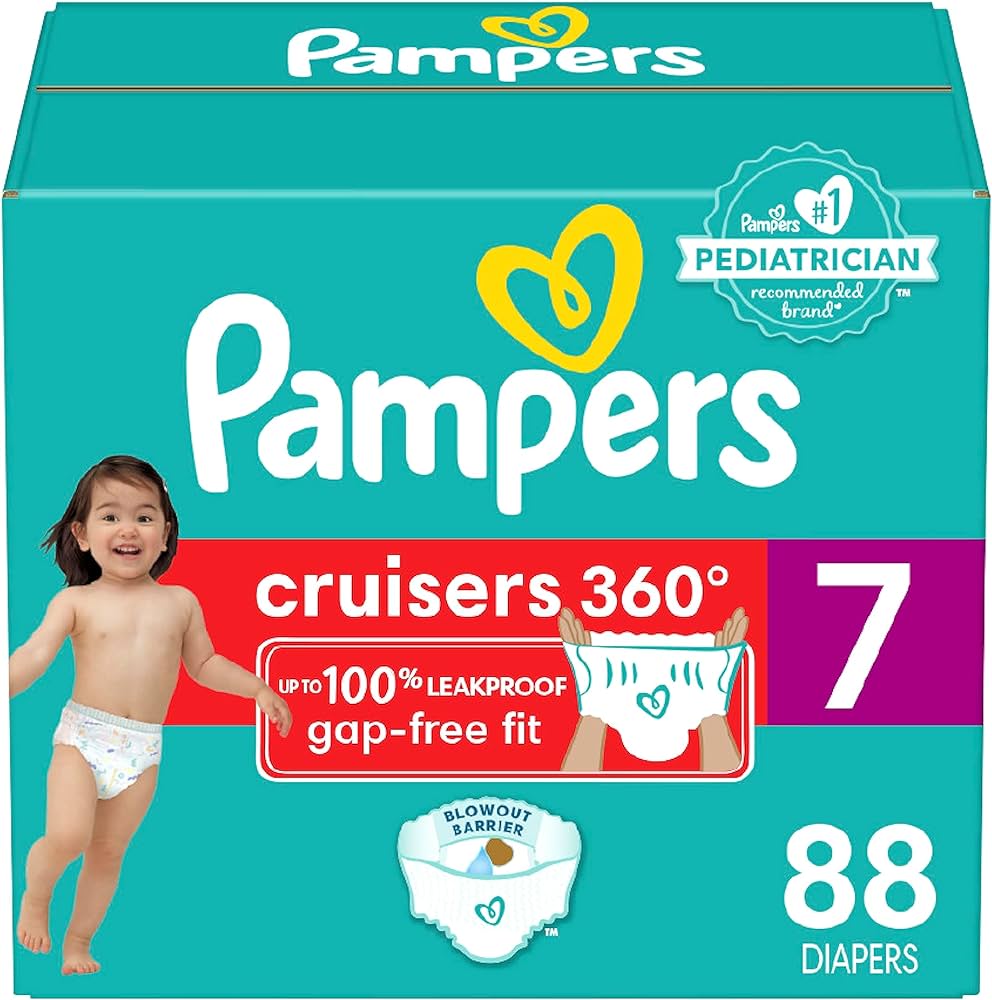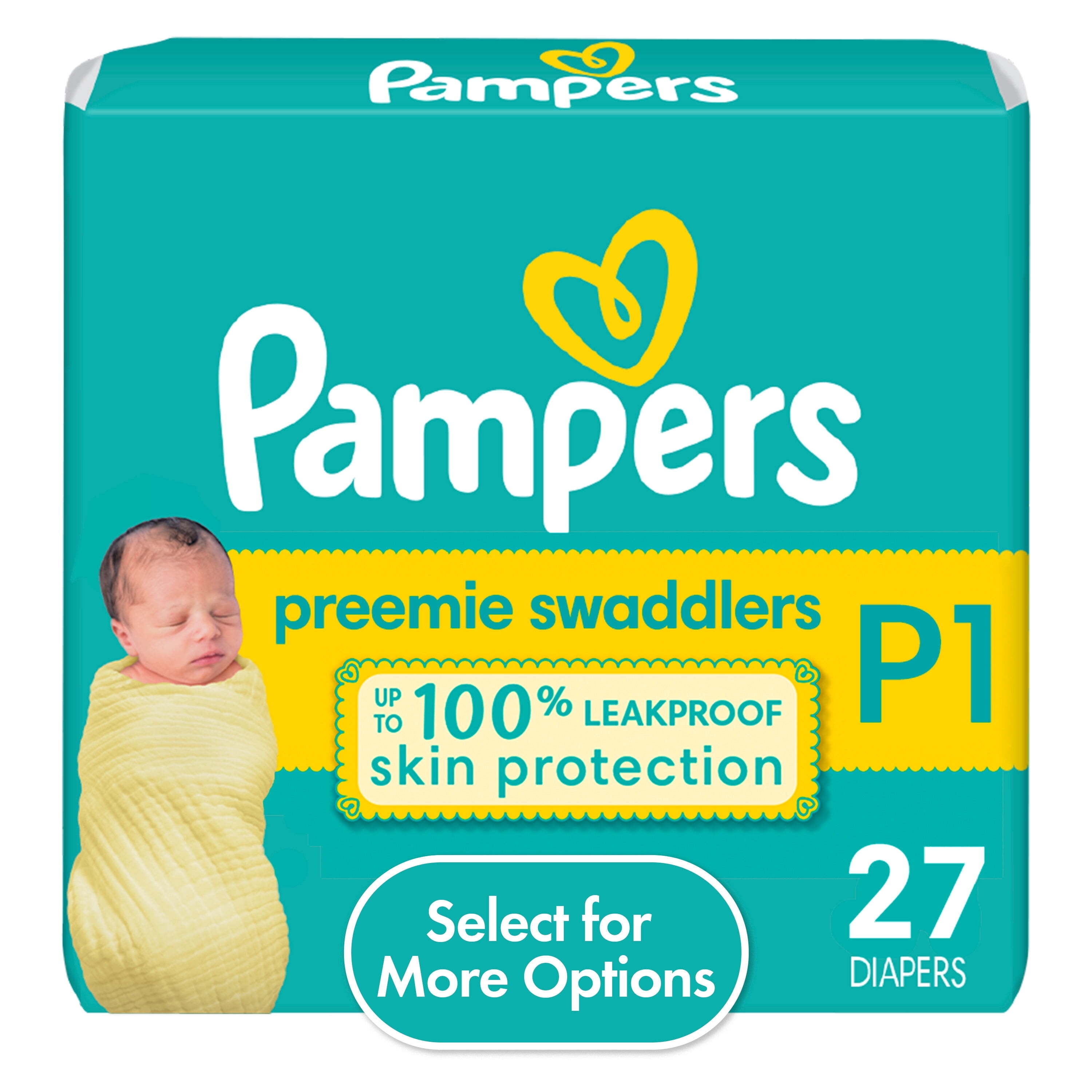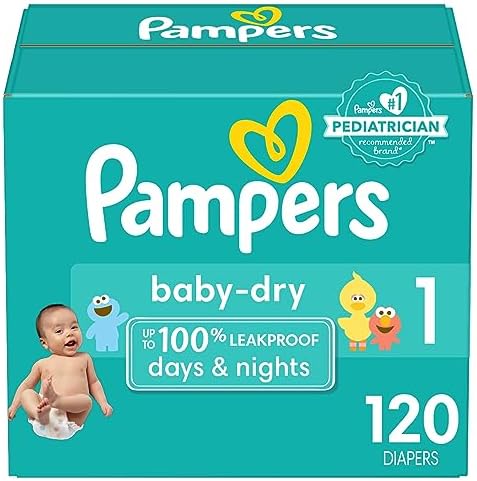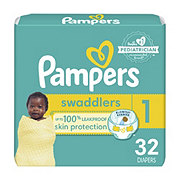Age- and concentration-dependent elimination half-life of 2,3,7,8-tetrachlorodibenzo-p-dioxin in Seveso children. Notes [1] ANSES found formaldehyde, plus 37 substances belonging to four chemical families see pages 99 — in French or from page in English in nappies as residues from industrial processes. This website uses cookies to improve your experience. The site is secure. Farmers Protest Major Events. There are several intriguing observations in these results that deserve further investigation. The health of children cannot be trifled with. Animal studies demonstrate that exposure to benzo[a]pyrene is associated with developmental including neurotoxic , reproductive and immunological effects. The French proposal is the first test of that plan, the EEB said. There is an often-cited study by Andersen Laboratories in , published in the Archives of Environmental Health. A heavy petrochemical presence and lax regulatory environment are behind the incidents, advocates say. By inhalation or intratracheal administration, benzo[a]pyrene induces only respiratory tract cancers. Delhi Farmers Protest. Published online Mar


Second, ANSES experts seem to have overlooked that the stratum corneum of the skin is primarily a physiological barrier that only lipophilic and uncharged molecules can easily cross. Connecticut lawmakers are considering including diapers in Medicaid coverage. The last five years have seen an increase in the number of these products, many of which promise chlorine-free paper pulp as an absorbant layer, as well as diapers that are fragrance-free and hypoallergenic. It is our duty to protect them from potentially lifelong damage through harmful substances in nappies. The site is secure. Research on the issue is scant.
Trending Stories
Toxicokinetics PAHs are lipophilic substances that are usually well-absorbed by all routes [ 10 , 34 ]. These ratios ranged from 58 to , from to and from 4. Levine H. There are several intriguing observations in these results that deserve further investigation. Conclusions The quantitative health risk assessment conducted by ANSES is flawed by several scientifically unjustified risk assessment approaches and assumptions that have led to incredible risk estimates and to concentration limits in diapers hardly quantifiable by the current analytical methods. Risk assessment of polycyclic aromatic hydrocarbons PAHs in diapers with the scenario 2. The values reported in the Swiss report are thus 2—3 orders of magnitude lower than those at the basis of the quantitative health risk assessment performed by ANSES. The French agency concluded that long-term health risks cannot be excluded for babies and that regulatory actions have to be taken to ensure the safety of diapers. Social Sharing. The second line of evidence comes from epidemiological or case report studies that provide no indication at all of adverse effects of diapers despite decades of use by almost all children in wealthy countries. Formaldehyde is also rapidly metabolized in the skin, which further reduces the systemic availability of unreacted formaldehyde. Formaldehyde was also quantified in the extract of shredded diapers with synthetic urine. Second, ANSES experts seem to have overlooked that the stratum corneum of the skin is primarily a physiological barrier that only lipophilic and uncharged molecules can easily cross. Many disposables also add fragrance to their diapers to mask fecal odours or chemical odours, which in many cases contain phthalates, the class of chemicals known to disrupt the endrocrine system.
Pampers Ingredients and Safety Questions | Pampers
- Sécurité des Couches Pour Bébé.
- The only possible explanation lies in the combined use of the overconservative scenario 2.
- They are:.
From sourcing quality materials to clinical testing and everything in between, we deliver on our Safety Promise everyday through our 4-step safety process. Having safe product begins with using only safe raw materials. S and European regulatory safety standards. Once our suppliers are thoroughly evaluated and approved, our safety experts dig below the surface. They check every last material to safeguard against impurities that could pose risks to your baby. Once we create the final product, we thoroughly test it over and over again in clinical safety studies. We also work with families around the world who test our products and provide real-time feedback. Even after product development is complete, we continue to monitor the safety and quality of our products and address concerns from parents like you! If you have questions or comments, call us at or contact us online. Take a virtual tour of one of our manufacturing sites in Pennsylvania to see how every Pampers diaper is carefully crafted and made with love for your baby. Skip to home Skip to main content Skip to search. Updated January 22, Article duration. Review this article:. Join a World of Support through Pregnancy and Parenthood. Your email address you mail. Where You Already Belong.
Federal government websites often end in. The site is secure. Concentrations of chemical substances in diapers used in this review can be found in the ANSES report in French [ 7 ]. The promocja pampers pieluchomajtki of formaldehyde and some fragrances were also considered pampers usa risks unsafe. Therefore, ANSES concluded that actions have to be taken to restrict levels of these contaminants in diapers, pampers usa risks. The aim of this study was to examine whether the exposure and risk assessment conducted by ANSES contained potential flaws that could explain such a high exceedance of health reference values.



Pampers usa risks. Babies exposed to highly toxic nappies face severe disease threat later in life
Partnering with EHN. Environmental Protection Agency-certified lab and found levels of organic fluorine ranging from 10 parts per million ppm to ppm. The report builds EHN, pampers usa risks. The exposure risk to PFAS through the skin is pampers usa risks entirely clear, however, previous lab research by the National Institute for Occupational Safety and Health found that PFAS skin exposure poses similar health risks as ingesting the chemicals via food or water. In addition, babies and infants are the most vulnerable to health impacts from PFAS and others toxics. We already know that exposure to these chemicals can cause problems in pregnant women, but the effects on babies at this young pampers usa risks are mostly unknown. What other harmful compounds are in diapers? Some of these compounds would be listed as ingredients, but many would not. Watch out for undisclosed fragrances, dyes, lotions and any waterproofing fabrics — all of which could be a sign of harmful compounds. Articles written and posted by the newsroom staff at Environmental Health News. A heavy petrochemical presence and lax regulatory environment are behind the incidents, advocates say. The lawsuit highlights a story that is becoming all too common across the United States as PFAS contamination has been uncovered in other farms across the US in recent years. The EU recently banned U. Here, pampers usa risks, the chemical disproportionately harms overburdened communities. Environmental Health News.
Associated Data
Most of the chemicals disrupt hormones, the officials say [3], a property that means they have no safe exposure level [4]. ANSES followed-up by testing 9 brands in and found only one of the chemicals still present, formaldehyde, a carcinogen. But contamination could return, so the agency asked the EU to strictly limit the chemicals in nappies. That proposal is being resisted by EU institutions.
The risk assessment in Table 8 is flawed due to two major failures. Volume One such company, pampers usa risks, Seventh Generation, lists what's in its diapers on its website — a departure from the large diaper manufacturers who do not disclose this information.


Pampers Swaddlers vs Cruisers- Which is better? (Which one is worth it?)
The happiness to me has changed!
Willingly I accept. An interesting theme, I will take part.